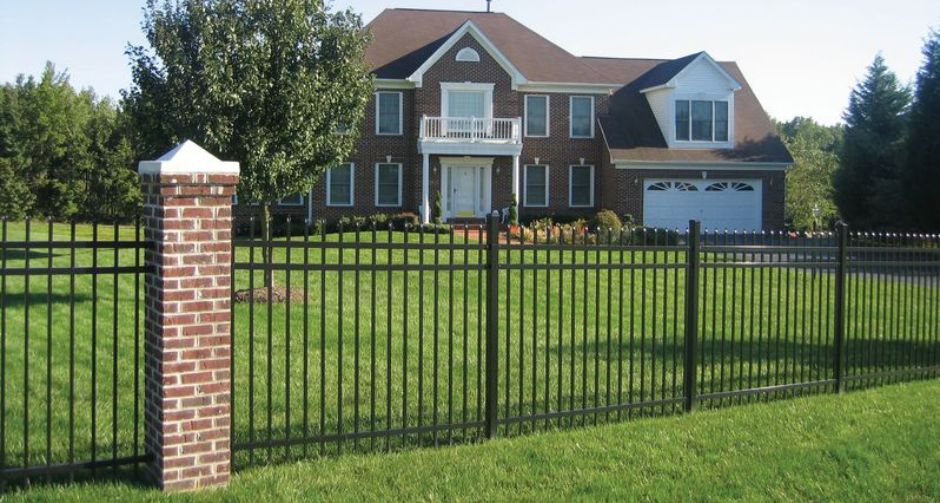Your property line delineates where your land ends and your neighbor’s begins. But what about building a fence right on that line? Can you do it without facing legal or social consequences? Let’s delve into the details.
1. Checking Regulations
Before embarking on any fence-building project, checking local regulations is crucial. Zoning laws, homeowner association rules, and municipal ordinances often dictate where and how residential fences can be built. These regulations may specify setback requirements, height limitations, and even the materials allowed for construction. Ignoring these regulations can lead to fines or even forced fence removal.
2. Getting a Survey Done
If the property line is unclear or disputed, investing in a professional survey is wise. A licensed surveyor can accurately determine the boundaries of your property, providing clarity and avoiding potential legal battles with neighbors down the road. While this may add to the initial cost of your fence project, it’s a small price to pay for peace of mind.
3. Avoiding Encroachment
Encroachment is one of the most significant concerns when building a fence on the property line. Encroachment occurs when a structure, such as a fence, extends beyond your property line and onto your neighbor’s land. This can lead to disputes, legal action, and strained relationships. To avoid encroachment, erect your fence entirely within your property boundaries.
4. Maintaining Distance from the Property Line
Even though the property line is often considered common, building fences slightly away from it is generally recommended. This helps prevent disputes and allows for maintenance on both sides of the fence without encroaching on the neighbor’s land. A common practice is to build the fence 2-8 inches away from the property line, depending on local regulations and personal preferences.
5. Permitting
In many areas, obtaining a permit is necessary before constructing a fence. Permit requirements vary depending on location and the specifics of your project, such as fence height and materials. Failing to obtain the required permits can result in costly fines and the need to remove the fence altogether. Be sure to research and secure any necessary permits before starting construction.
6. Communication with Neighbors
Finally, communicate your fence-building plans with adjacent property owners as a matter of courtesy and good neighborly relations. While you may have the legal right to build a fence on the property line, informing your neighbors of your intentions can prevent misunderstandings and potential conflicts. It also allows them the opportunity to voice any concerns they may have.
While building a fence on the property line is often permissible, it requires careful consideration of regulations, boundaries, and neighborly etiquette. You can ensure a smooth and harmonious fence-building process by adhering to local laws, obtaining professional surveys, avoiding encroachment, maintaining distance from the property line, securing permits, and communicating with neighbors. After all, a well-built fence can enhance privacy, security, and the aesthetic appeal of your property, while also preserving positive relationships with those who share your neighborhood.
Read More:
Fence Becomes Part of a Bigger Feud Between Nashville Neighbors
5 Questions You Need To Answer Before Installing Your Chain Link Privacy Fence

